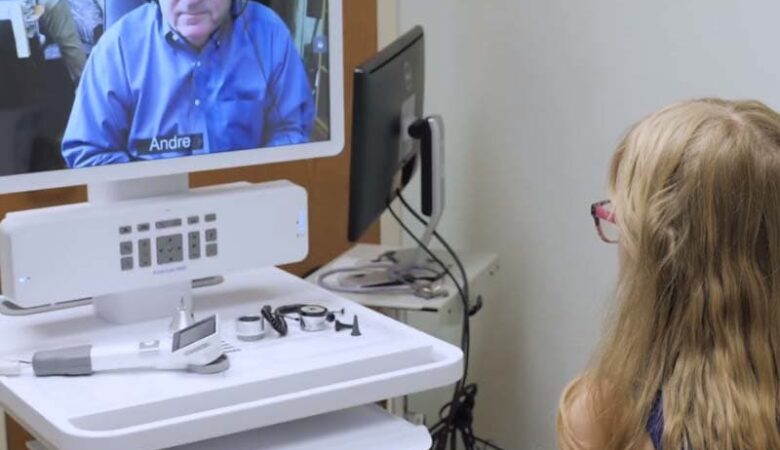The 21st century has borne witness to the meteoric rise of wearable technology. As the world grows increasingly fast-paced, there’s a rising demand for real-time health monitoring systems that can be carried everywhere, rendering on-the-go health tracking not just convenient, but vital.
Evolution of Wearable Health Tech
Historical Context of Wearable Health Tech
Wearable health tech, while a relatively new phenomenon in its current form, stands on the shoulders of several pioneering innovations in health monitoring from decades past.
Mechanical Pedometers of the 18th Century
The roots of health wearables can be traced back to the 18th century with the inception of mechanical pedometers. Inspired by the workings of a self-winding watch mechanism, these devices were designed to count steps, offering a rudimentary measure of physical activity. They were typically carried in the pocket and became popular among European aristocrats as a means to gauge walking distances.
The Advent of Electrocardiography (ECG)
In the early 20th century, Willem Einthoven’s introduction of the electrocardiograph marked a groundbreaking moment in stationary health monitoring. It allowed physicians to study the heart’s electrical activity, although it was bulky and far from the portable ECG monitors we recognize today.
Holter Monitors
Named after its inventor, Dr. Norman Holter, the Holter monitor in the 1940s was an early attempt at portable health monitoring. While sizable by today’s standards, this device allowed for the tracking of a patient’s heart rhythm over extended periods outside of a hospital setting.
Transitioning to Wearables
By the late 20th and early 21st century, advancements in electronics, miniaturization, and battery technology catalyzed the development of genuinely wearable health tech. The devices became smaller, more user-friendly, and integrated seamlessly into the daily lives of users. The marriage of technology with fashion saw a surge in aesthetic, functional designs that were both appealing and efficient.
By the way the best way to keep yourself healthy is to eat lots of plant-based foods. With indoor hydroponic systems, you can even grow plant food in your home.
Recent Advances
The fusion of Artificial Intelligence and data analytics has personalized health readings, tailoring them to individual needs. Furthermore, monumental improvements in battery life and device miniaturization have made constant monitoring both feasible and convenient.
Popular Types of Wearable Health Devices
Fitness Trackers
Devices like Fitbit and Xiaomi Mi Band dominate this category, offering functionalities like step counting, sleep tracking, and heart rate monitoring.
Smartwatches
More than mere timekeepers, modern smartwatches such as the Apple Watch and Samsung Galaxy Watch provide metrics on ECG, SpO2, stress, and sleep, enhancing our health awareness manifold.
Specialized Wearables
From glucose monitors aiding diabetics to posture correctors and sleep apnea detectors, specialized wearables target specific health needs with precision.
Smart Clothing
Athletes and rehabilitation patients are now looking beyond conventional devices, towards apparel like smart shoes, shirts, and leggings, which come with integrated sensors.
Benefits of Wearable Health Tech
- Early Disease Detection. Wearables carry the promise of catching abnormalities well before they morph into critical conditions, making preventive care a reality.
- Fitness Motivation. With tools for goal setting, progress tracking, and community challenges, staying motivated on one’s fitness journey has never been easier.
- Remote Patient Monitoring. Patients can now share real-time data with healthcare providers, resulting in more tailored care, reduced hospital visits, and significant cost savings.
- Personal Health Insights. With the power to analyze one’s health data, wearables offer a deeper understanding of wellness, making health self-awareness accessible.
Concerns and Challenges
- Data Privacy and Security
The digitization of health data brings with it the looming shadows of misuse. It’s imperative for wearables to employ top-tier encryption methods and secure storage solutions. - Accuracy and Reliability
With multiple devices offering varied readings, there’s a need for standardization, constant calibration, and validation to ensure the reliability of health metrics. - Over-reliance and Health Anxiety
While wearables empower users with data, over-dependence could lead to undue health anxiety or hypochondria, potentially causing more harm than good.
The Future of Wearable Health Tech
- Integration with AR and VR
The marriage of AR and VR with wearables can open doors to applications in rehabilitation and more engaging, guided fitness routines. - Bio-Integrated Wearables
The horizon promises devices that don’t just sit on the body, but integrate with it, offering an unprecedented level of health interaction. - Greater Predictive Capabilities
Harnessing vast amounts of health data, future wearables could predict potential health concerns, making proactive care the norm.
Conclusion
While wearable health tech offers a galaxy of possibilities, it’s pivotal to strike a balance between technology and human intuition. Users should remain informed, discerning, and view wearables as enriching, complementary tools in their holistic health journey.









